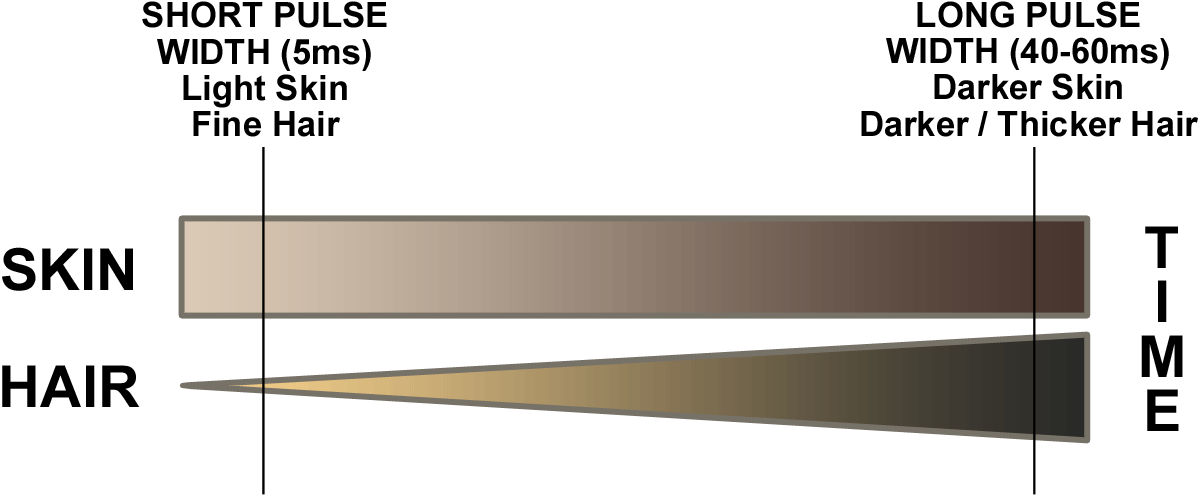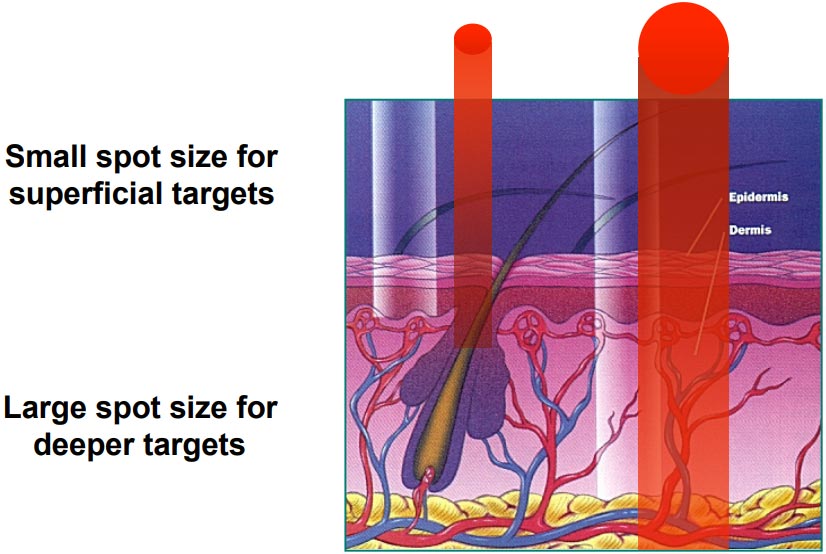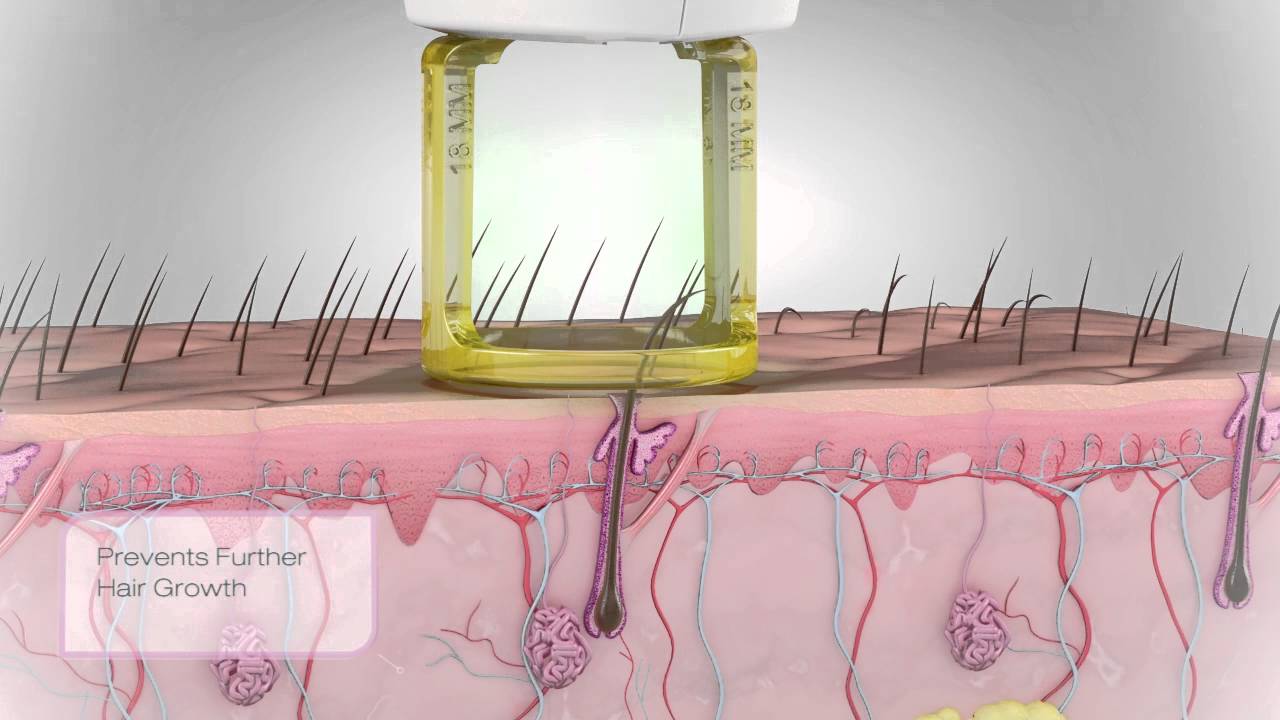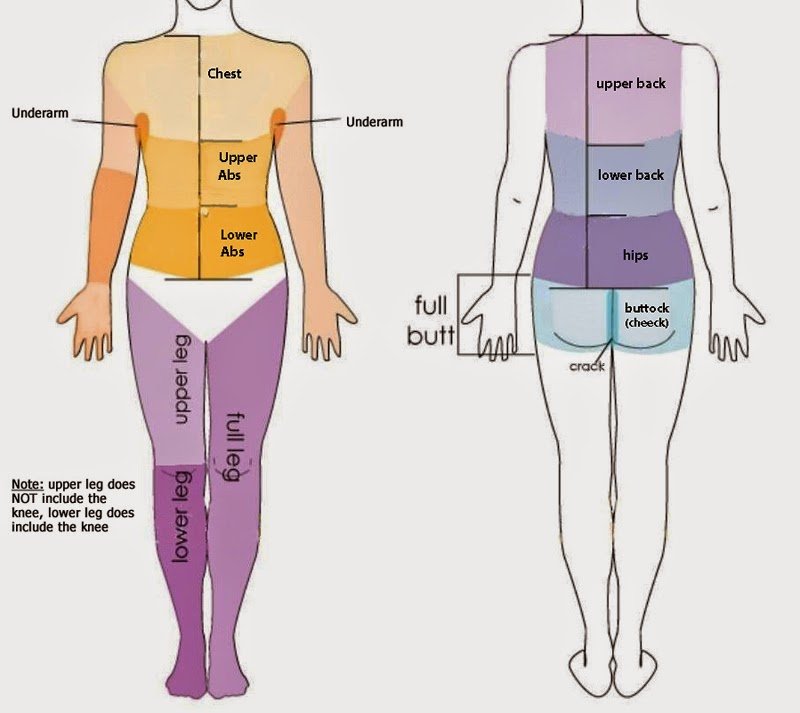Understanding Laser Hair Removal Pulse Duration: A Comprehensive Guide
SEO Meta Description: Discover the significance of laser hair removal pulse duration and how it impacts the effectiveness of the treatment. Learn why it matters and find answers to commonly asked questions in this informative article.
Laser hair removal has become an increasingly popular choice for individuals seeking long-lasting hair reduction. However, understanding the various aspects of this treatment is crucial to make an informed decision. One important factor to consider is the pulse duration used during the procedure. In this article, we will delve into what laser hair removal pulse duration entails, its significance, and how it affects the overall outcome.
What is Laser Hair Removal Pulse Duration?
Laser hair removal pulse duration refers to the length of time a laser emits energy onto the target area during each pulse. It is measured in milliseconds (ms) and determines the duration of heat delivered to the hair follicles. The pulse duration is a critical parameter that directly affects the efficacy and safety of the treatment.
Why Does Laser Hair Removal Pulse Duration Matter?
- Targeting Hair Follicles:
- Longer pulse duration: With longer pulse durations, the laser energy penetrates deeper into the skin, effectively reaching and damaging the hair follicles.
- Short
What is the pulse rate for laser hair removal?
What is the best pulse width for laser hair removal?
What is the pulsed light treatment for hair removal?
What is the pulse width for laser treatment?
What is pulse type laser?





— Jenny Huang (@jennybellelaser) November 20, 2012
What is pulse in laser hair removal?
Frequently Asked Questions
What setting is best for laser hair removal?
How many passes should you do for laser hair removal?
How many laser pulses for full leg?
| Part of the body | No. of pulses | Session duration |
|---|---|---|
| Legs | 1200-2000 pulse | 60 min |
| Half legs | 600-1000 pulse | 30 min |
| Arms | 600-900 pulse | 30-45 min |
| Half arms | 300-450 pulse | 15-20 min |
What is the pulse width for laser hair removal?
FAQ
- What is pulse width on a laser machine?
- Between pulses, the laser emits no light. • The period is the time from the start of one pulse to the next. • The pulse duration (pulse width) is the time measured across a pulse, often at its full width half maximum (FWHM).
- What is the best pulse duration for laser hair removal?
- Combining these concepts, the ideal pulse duration for laser hair removal is greater than 10 ms (to spare the epidermis) but less than 100 ms (to target the hair follicle). In skin types V and VI, pulse widths of 30 ms or more are most frequently used.
- What is pulse mode in laser?
- Pulsed lasers emit bursts of light spaced in time. • Between pulses, the laser emits no light. • The period is the time from the start of one pulse to the next.
- What is the pulse duration in laser?
- Pulse width (duration) τ is given by the temporal length of laser pulse; that is, the time during which the laser actually emits energy. In medical applications of the laser, it is the total time period in which the radiation interacts with tissue.
What is pulse width in laser hair removal
| How do you pulse a laser? | Pulsed-laser operation can be achieved by sending a CW laser output through an external modulator that acts as a switch allowing light to transmit for only short time periods (see Figure 1, left). |
| What is the best frequency for laser hair removal? | Every 2-4 weeks At The Cosmetic Clinic, as a rule of thumb, to help permanently reduce your hair growth, you will need to visit us in clinic for a laser hair removal session every 2-4 weeks, for a minimum of 6-12 treatments. For the face, the growth cycle is faster so usually to start with a visit ever 2 weeks is required. |
| What is the average width of a laser pulse? | Because of the time-bandwidth uncertainty principle, ultrashort laser pulses carry significant spectral bandwidth (typically from 10 to 100 nm). Autocorrelation can measure the duration of an ultrashort pulse, but it is unable to characterize the phase relationship between the different constituent spectral components. |
| How many pulses do you need for laser hair removal? | Fine hairs heat up quickly but are unable to hold the heat and require short pulse widths usually in the range of 5-10ms. Thicker hairs heat more slowly and hence require much longer pulse widths usually ranging from 40-60ms. |
- How many zaps for laser hair removal?
- Average number of laser hair removal pulses
- Face: 100 – 150 pulses.
- Underarms: 80 – 150 pulses.
- Bikini: 200 – 300 pulses.
- Full body: 2500 – 3000 pulses.
- Back: 350 – 550 pulses.
- Leg: 1000 – 1700 pulses.
- Arm: 500 – 800 pulses.
- Average number of laser hair removal pulses
- What happens if I stop laser hair removal after 4 sessions?
- If treatment is stopped before all of the hair follicles have been destroyed, some may continue to grow. It is important to complete the recommended treatment plan to achieve the best results. Sometimes, the patient sees hairs are thicker and darker after the treatment when they have original light and fair hair.
- What is pulse duration in laser hair removal
- By P Noormohammadpour · 2021 · Cited by 5 — The alexandrite laser is available with a pulse duration from 2 to 40 milliseconds depending on the manufacturer. In our study, the pulse
